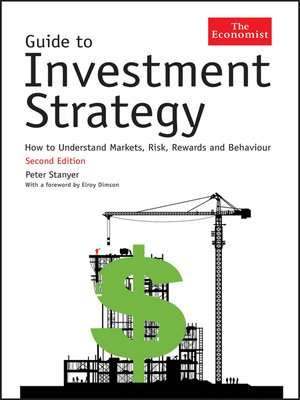Guide to Investment Strategy
ebook ∣ How to Understand Markets, Risk, Rewards and Behaviour · The Economist
By Peter Stanyer

Sign up to save your library
With an OverDrive account, you can save your favorite libraries for at-a-glance information about availability. Find out more about OverDrive accounts.
Find this title in Libby, the library reading app by OverDrive.



Search for a digital library with this title
Title found at these libraries:
| Loading... |
The first edition of The Economist Guide to Investment Strategy explained the fundamentals of investment risk, how to put together "keep-it-simple" investment strategies, and the need to guard against our own behavior leading to dreadful investment mistakes. The global crisis that erupted in 2008 exposed the flaws in many more complicated investment strategies.
The second edition starts with a new section on financial fraud and how investors can help to protect themselves against this "hearty perennial." It also includes a new section on risk profiling and discusses the role of risk tolerance questionnaires. In Chapter 3 data are provided pointing to underperformance of equities between 1978 and 2008. Against this background, there is a new Chapter 4--"Which should we do: buy-and-hold or time markets?" Chapter 5, which discusses the design of short-term and long-term strategies, includes a new section--"How safe is cash?"--and the discussion of bond ladders is extended to reflect issues of bond selection in the light of corporate credit risk and the financial difficulties of some US municipal authorities.
Part 2 has been updated extensively to reflect developments in the past four years and the impact of the financial crisis on credit instruments, hedge funds, private equity, and real estate.
The book concludes with a new chapter on investing in art and collectibles. It explores the argument that art prices "float aimlessly," discusses financial investment in art, and provides some reasons for expecting that a portfolio of art might perform well in the future.






